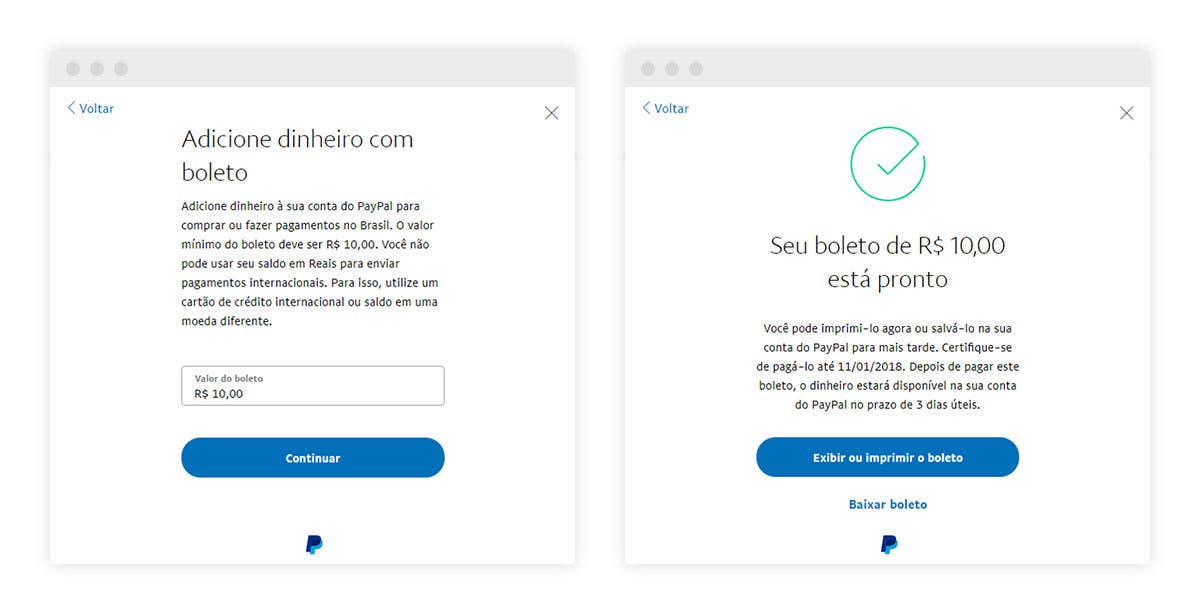

Make sure that you can deploy devices using Windows Autopilot, join them to an on-premises Active Directory domain, and register them with Azure Active Directory to enable the features of hybrid Azure AD join. User-driven with Hybrid Azure AD join.Make sure that you can deploy devices using Windows Autopilot and join them to an Azure Active Directory tenant. To be ready to try out Windows Autopilot for pre-provisioned deployment, make sure that you can first successfully use existing Windows Autopilot user-driven scenarios:
Flow top up ja registration#
See Windows Autopilot known issues and Troubleshoot Autopilot device import and enrollment to review known errors and solutions.ĭevices slated for pre-provisioning are registered for Autopilot via the normal registration process. The device is resealed before the time when connectivity to a domain controller is expected, and the domain network is contacted when the device is unboxed on-prem by the end-user. This is unlike a typical hybrid Azure AD-joined scenario because rebooting the device is postponed. Using wireless connectivity requires selecting region, language and keyboard before you're able to connect and start provisioning.īecause the OEM or vendor performs the pre-provisioning process, this doesn't require access to an end-user's on-prem domain infrastructure. For more information, see the entry for Autopilot self-Deploying mode and Autopilot pre-provisioning in Networking requirements. The TPM attestation process also requires access to a set of HTTPS URLs that are unique for each TPM provider. The pre-provisioning process uses Windows Autopilot self-deploying capabilities, so TPM 2.0 is required.

All references in this documentation to white glove have been replaced with: pre-provisioning. The Windows Autopilot white glove feature has been renamed to Windows Autopilot for pre-provisioned deployment.


 0 kommentar(er)
0 kommentar(er)
